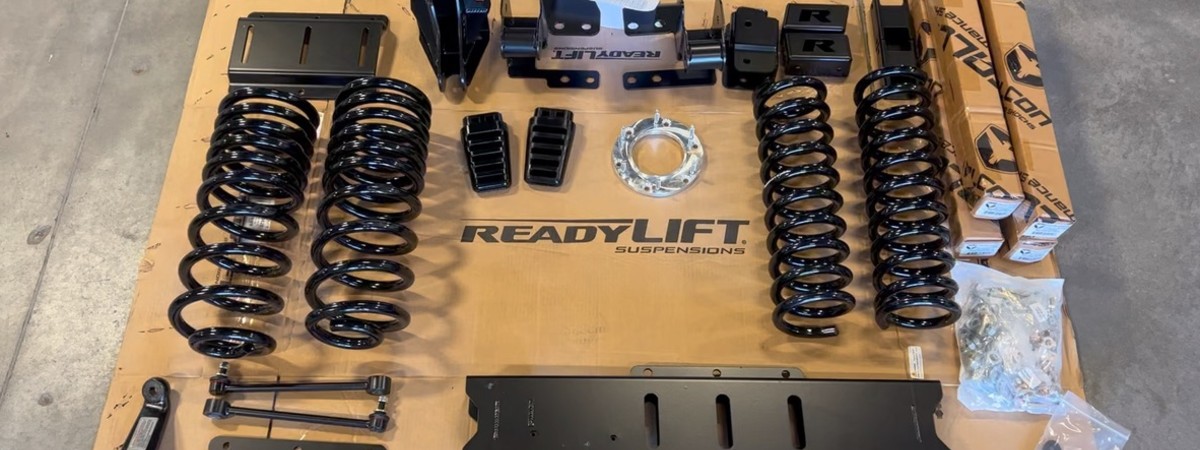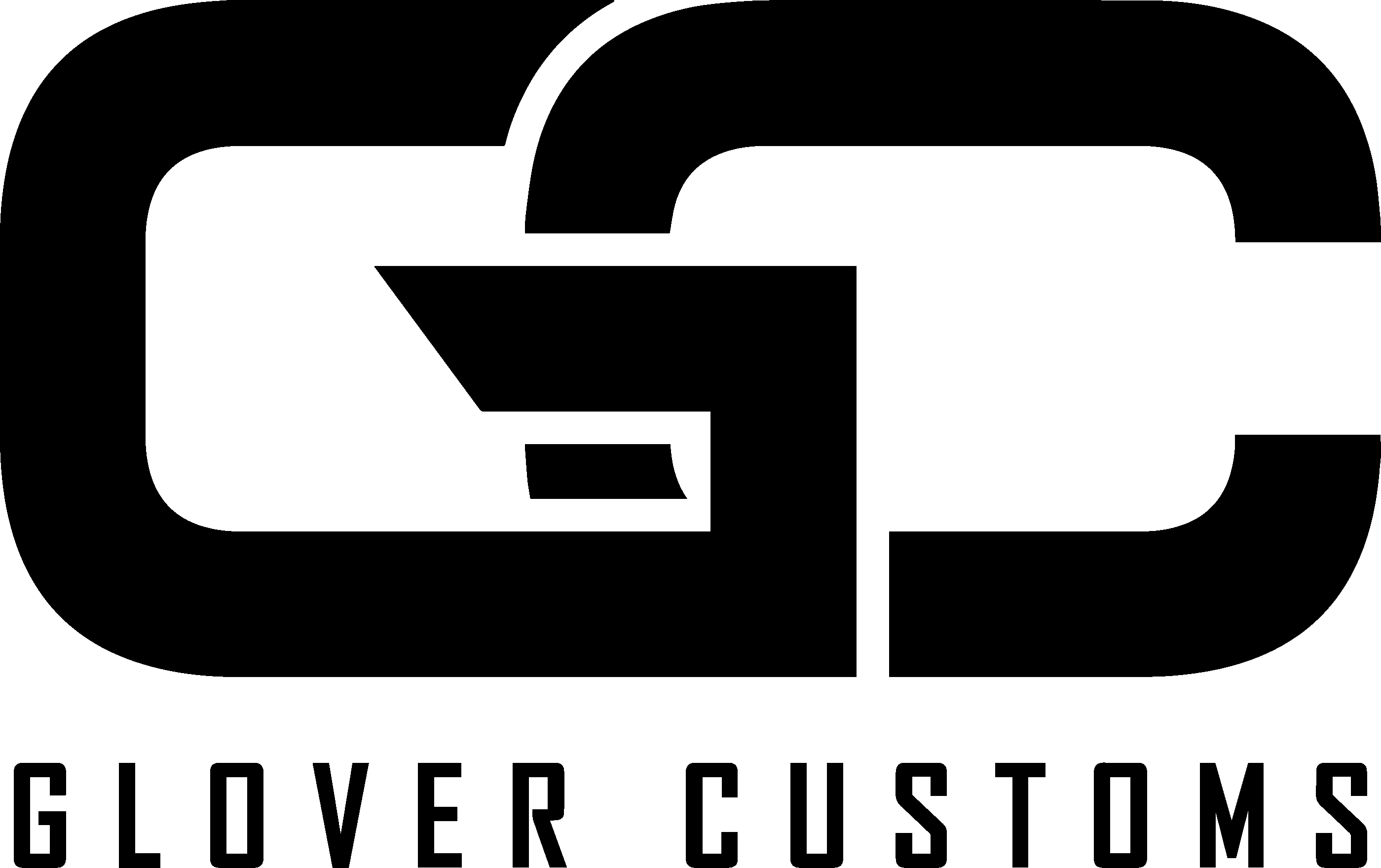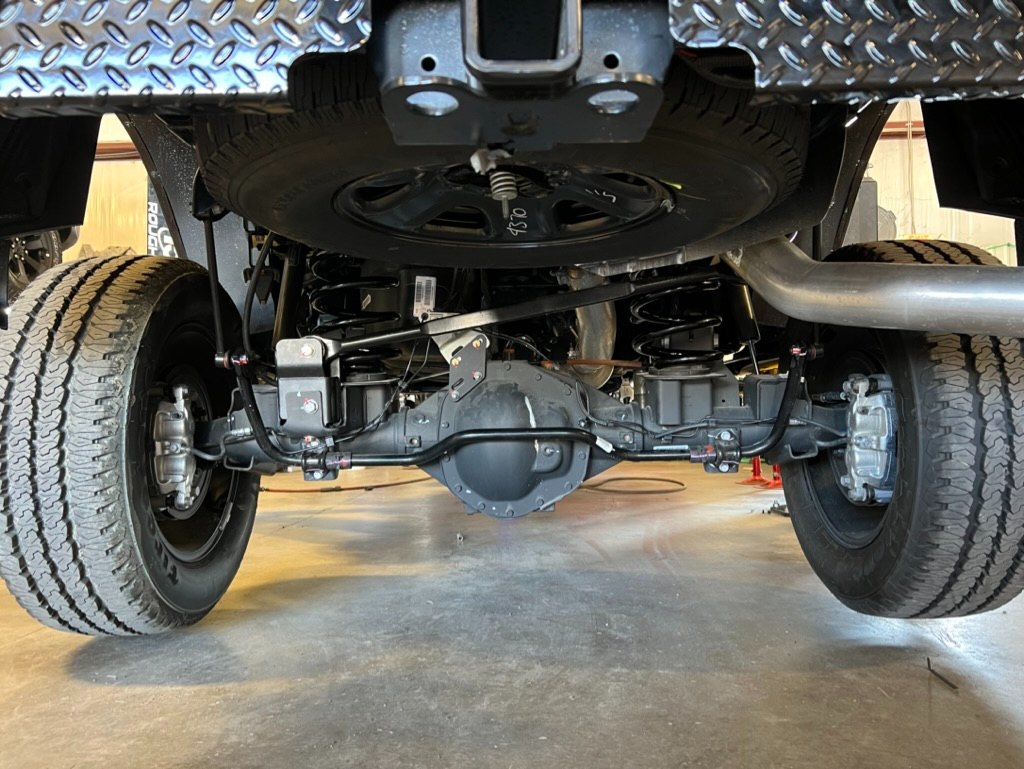There are a plethora of different suspension lift kits out there on the market, and it’s incredibly important that you make the right choice when selecting which one is right for your Jeep or truck. Not only does it influence your off-road rig’s capability when tackling all those rugged trails you plan to take it on, but it’ll also affect your vehicle’s overall handling, ride quality and durability regardless of where you’re driving it. We specialize in building custom vehicles here, so our expert technicians are ready and willing to help you make the right decision. But to help you navigate the options on your own, today we’re going to dive into the differences between three of the most common systems: long arm, short arm and coilover lift systems.
Short Arm Lift Systems
Considered by many to be the “starter kit,” a short arm lift system is the go-to choice for those new to lifted vehicles. The reason it is called a short arm system is because they typically utilize factory-length control arms, or occasionally upgrade to slightly extended versions. These kits are ideal for lifting your vehicle by a height of two to four inches and are typically much easier to install than long arm setups.
- Ride Quality. Short arm systems offer decent ride quality on moderate lifts. However, as the lift height increases, the control arms’ steep angles can create a stiffer and bumpier ride due to reduced suspension travel.
- Flex. While short arm systems perform well for light off-roading, their limited control arm length restricts suspension articulation – or flex. This makes them less suitable for extreme rock crawling.
- Handling. On-road handling remains relatively stable with short arm kits, especially with moderate lifts. However, at higher lifts, the steeper control arm angles can lead to issues like bump steer and reduced stability.
Long Arm Lift Systems
Designed for true off-road enthusiasts, long arm lift systems deliver enhanced performance and ride comfort at higher lift heights. Gone are the factory-length control arms, replaced instead by significantly longer ones that are also mounted further back on the frame of the vehicle. These changes reduce how steep the control arm angles are, even when lifting more than four inches.
- Ride Quality. Long arm systems shine when it comes to ride quality. The shallower control arm angles result in smoother suspension movement, which translates to a more comfortable ride both on and off the road.
- Flex. Suspension articulation is where long arm kits truly excel. The increased length of the control arms allows for greater suspension travel, making it easier to navigate extreme off-road obstacles like large rocks or uneven terrain.
- Handling. Long arm systems improve on-road handling compared to short arm kits at similar lift heights. However, the installation process is more complex, and long arm kits require more substantial modifications to the vehicle’s frame.
Coilover Lift Systems
That brings us finally to the coilover lift system, which takes suspension customization all the way up to the next level. Instead of using traditional coil springs and shocks, coilover systems integrate a coil spring around a shock absorber. These systems are highly adjustable, allowing drivers to fine-tune their suspension setup based on terrain and performance needs.
- Ride Quality. Coilover systems deliver an unparalleled ride experience, as the adjustability lets you dial in the perfect balance between comfort and performance. This makes them ideal for vehicles that alternate between daily driving and extreme off-roading.
- Flex. Coilovers provide exceptional suspension flex. Their design maximizes articulation, making them a favorite among off-roaders tackling technical trails or competition-level challenges.
- Handling. Handling with a coilover system is precise and controlled, thanks to its customizability. However, these systems tend to be more expensive and require expert installation, making them better suited for experienced off-road enthusiasts or specialty builds.
Hopefully, this helps you understand these three different common types of lift kits. If you have any questions, you can always contact us right here at the desk. We’d also be happy to start the process of your custom build, so be sure to reach out at your earliest convenience to get started!



